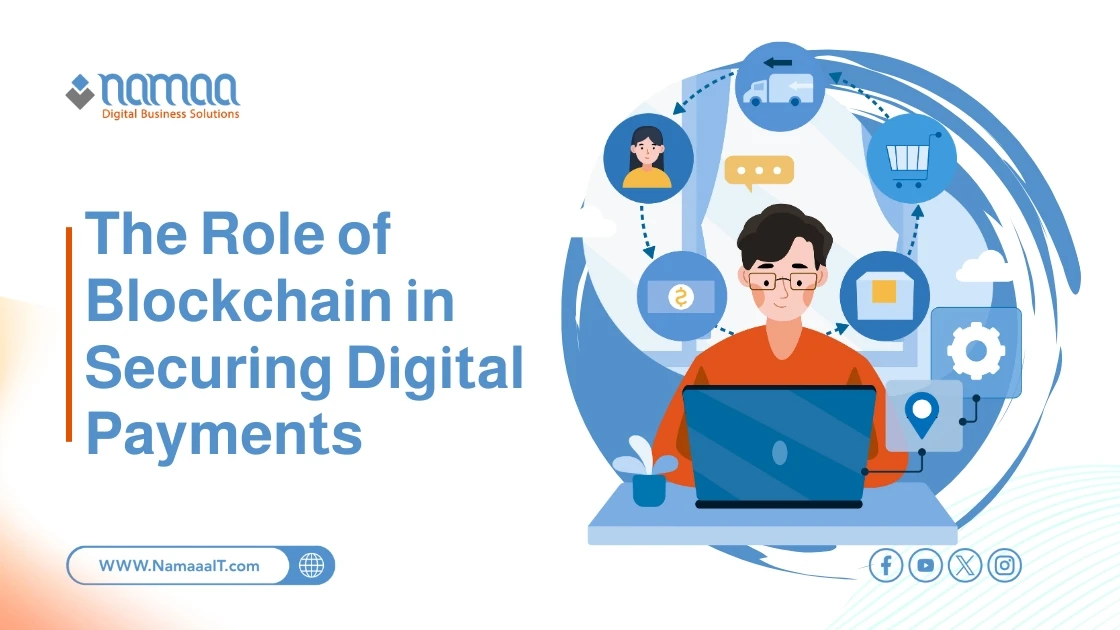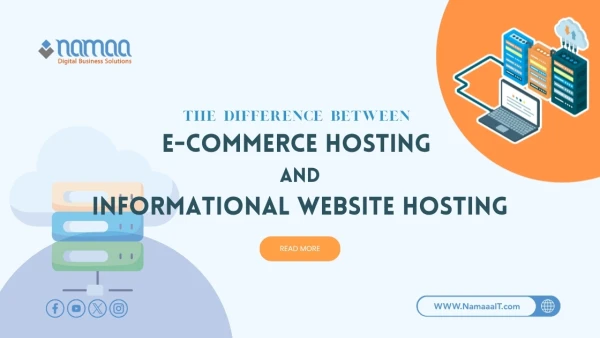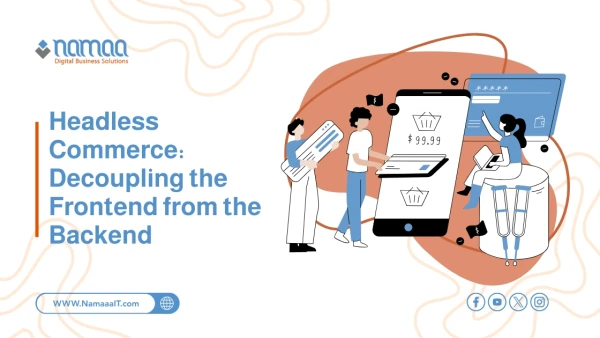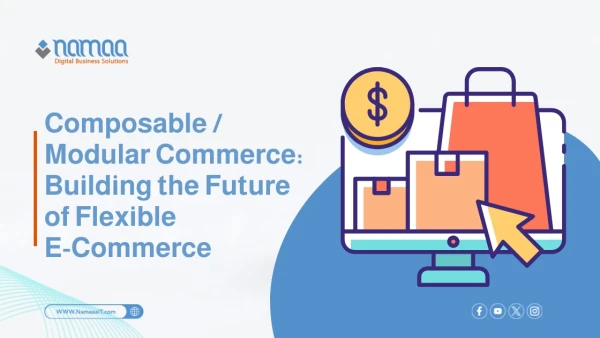Electronic payments have become an essential part of daily financial activities, but they still face ongoing challenges related to security, transparency, and fraud risks. In this context, blockchain technology emerges as a technical solution capable of redefining trust standards in digital transactions. It not only provides a decentralized, tamper-resistant ledger but also enables real-time and reliable tracking of every payment. This article explores the growing role of blockchain technology in securing electronic payments and illustrates how it could revolutionize the way financial data is protected.
What is blockchain technology and how does it work in securing electronic payments?
Blockchain is a decentralized data structure that distributes information across a network of computers instead of storing it in one place. It serves as a public, open digital ledger where all transactions are recorded in a sequential, immutable manner once verified. Each block in the chain contains a set of data, such as payment information, transaction time, and the sender and recipient identities. These blocks are linked using advanced encryption technologies.
What makes blockchain effective in securing electronic payments is its decentralized nature. No single entity controls the ledger or has the authority to modify it, which prevents tampering and fraud. Every transaction goes through a series of verifications automatically executed by "nodes" in the network—devices that manage the ledger and verify its accuracy. Once a transaction is validated and recorded, altering it would require rewriting all subsequent blocks—a process that demands enormous energy and collective network approval.
In addition, blockchain employs strong encryption protocols that protect data from theft or manipulation. Some systems also use a digital signature for each transaction, ensuring the sender is the legitimate account holder. This level of security makes blockchain an increasingly reliable option in the world of digital payments, especially in light of rising cyber threats.
Benefits of Blockchain in Securing Electronic Payments
Modern electronic payments heavily rely on trust among various parties. However, traditional systems remain vulnerable to forgery, data manipulation, or information leaks. Here, blockchain's benefits clearly stand out as a technical solution that enhances security and reduces the need for intermediaries, minimizing the chances of human error or technical loopholes:
- Transparency: Every transaction is recorded in a public ledger accessible to everyone—without revealing user identities. This makes it difficult to conceal suspicious activity or conduct double spending, reinforcing trust among all parties.
- Immutability: Once a transaction is recorded and verified, it becomes a permanent part of the ledger. This prevents tampering and manipulation often seen in centralized systems vulnerable to internal breaches.
- Smart Contracts: These are self-executing programs on the blockchain that enforce specific conditions. Payments are only completed when agreed-upon terms are met, reducing disputes and protecting stakeholders' rights.
- Traceability: Blockchain makes it easy to track transactions, enabling the quick detection of illegal or suspicious activity—critical in today's ever-evolving digital threat landscape.
Related: What is Voice Commerce?
Security Challenges in Traditional Payment Systems & Blockchain’s Role in Solving Them
Despite the advancements in traditional electronic payment systems, they remain prone to several security threats, including fraud, data theft, database breaches, and identity forgery. These systems often rely on centralized architecture, where a single point of entry becomes a critical vulnerability—if breached, attackers can access massive volumes of sensitive data.
A major challenge is the reliance on a trusted intermediary, such as a bank or payment service provider. This increases the risk of error, introduces processing delays, and opens the door to unreliable or arbitrary interference.
In contrast, blockchain eliminates the need for intermediaries by providing a fully decentralized system where data is distributed across thousands of devices worldwide. This setup makes it harder and costlier to execute cyberattacks.
Additionally, blockchain uses robust consensus algorithms to ensure transaction validity and prevent duplication or fraud. Advanced encryption and digital signatures add extra layers of protection that are extremely difficult to bypass—even for expert hackers.
Blockchain also offers real-time monitoring and analytics tools that help detect abnormal behavior before it becomes a serious threat. These features make it one of the most secure and effective solutions to the security challenges traditional systems face.
read more: Google Shopping Ads vs. Meta vs. TikTok: Which Achieves the Best Conversion Rate in 2025?
How to Prepare Financial Systems for Blockchain Integration
Adopting blockchain technology in financial systems requires a strategic and gradual approach—starting with infrastructure and ending with policy updates. The first step is to understand blockchain's technical requirements. Organizations must equip servers to handle sequential data and connect them to public or private networks based on the application.
Next, it’s crucial to identify appropriate use cases. Blockchain shouldn't be adopted just to follow trends—it must be applied to solve real problems, such as improving transparency, reducing costs, or enhancing security. For example, it can be used in money transfer systems, financial transaction tracking, or payment-related supply chain management.
Human resource readiness is also essential. Financial, technical, and legal teams need training to understand how blockchain works and to become familiar with its tools and potential risks. This includes developing new protocols for handling smart contracts, encryption, and identity verification.
On the legal side, institutions must review local and international policies regarding blockchain use in financial transactions. They must ensure compliance with regulations like Anti-Money Laundering (AML) and Data Protection Laws, which may conflict with some decentralization features.
Finally, businesses can begin with pilot projects to test the technology in controlled environments. This reduces risks and provides hands-on experience, with room for adjustments before scaling the system widely.
You may also like: How to Use Heatmaps to Improve Product Pages
Real-World Examples of Blockchain Applications in Payment Systems
Blockchain has seen numerous real-world applications in electronic payments. Many financial institutions and startups now use it to improve efficiency, reduce costs, and enhance transaction security.
Examples include:
- JPM Coin, launched by JPMorgan Chase, is used to settle transactions between banks via a private blockchain network—handling up to $1 billion in daily volume.
Source: Wikipedia - Fnality International, backed by major players like Goldman Sachs and UBS, launched a blockchain-based payment system for settling GBP payments, with plans to expand to USD and other markets.
- Stellar Network facilitates cross-currency transactions using a unique consensus protocol, making it ideal for cross-border remittances.
- In Ghana, the platform Mazzuma offers mobile payment services using blockchain, allowing users to transact securely—even in areas lacking traditional banking infrastructure.
These examples show how blockchain can transform payment systems by providing more secure, efficient solutions to meet diverse market needs.
FAQs
- Does blockchain consume a lot of energy?
Yes, especially blockchains that rely on Proof of Work (PoW). However, alternatives like Proof of Stake (PoS) offer greater energy efficiency. - Can blockchain be used without cryptocurrencies?
Yes, many blockchain payment applications don’t require cryptocurrencies. They focus on using decentralized architecture for secure data and transaction handling. - What’s the difference between open and private blockchains?
Open blockchains are public and allow anyone to participate, while private blockchains are managed by a specific organization and are used internally. - Does blockchain solve speed issues in payments?
Partially. Some blockchains are slower due to verification mechanisms, but newer solutions like Lightning Network and Layer 2 significantly improve speed. - Is blockchain compatible with global banking regulations?
The technology is neutral, but its use must comply with laws like AML and KYC. Compliance requirements vary by country.
Summary
✅ Over 60% of global banks are testing blockchain solutions to improve payment systems.
✅ JPM Coin processes internal transactions exceeding $1 billion daily via a private blockchain network.
✅ Blockchain can reduce settlement times from three days to a few seconds in international transfers.
✅ Adoption could reduce bank transaction costs by up to 30%, thanks to fewer intermediaries.
✅ More than 45 countries are developing pilot or official blockchain-based payment and central banking systems.









